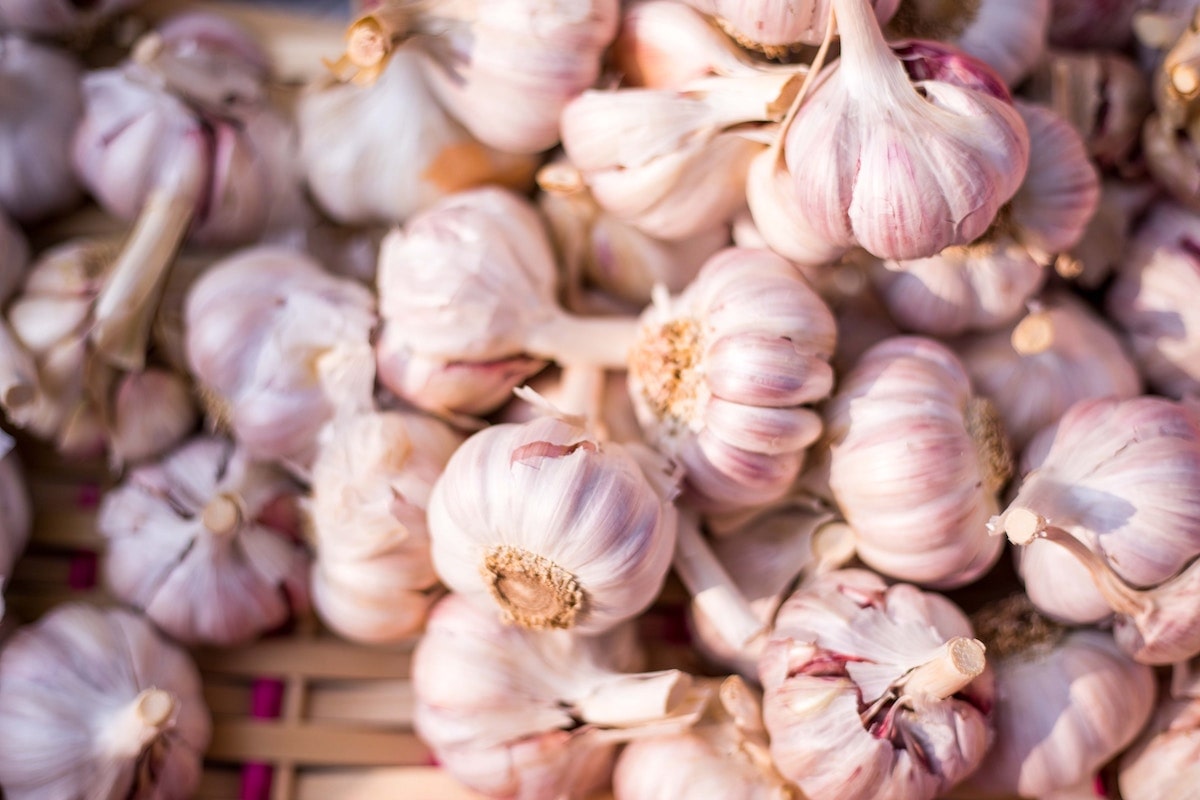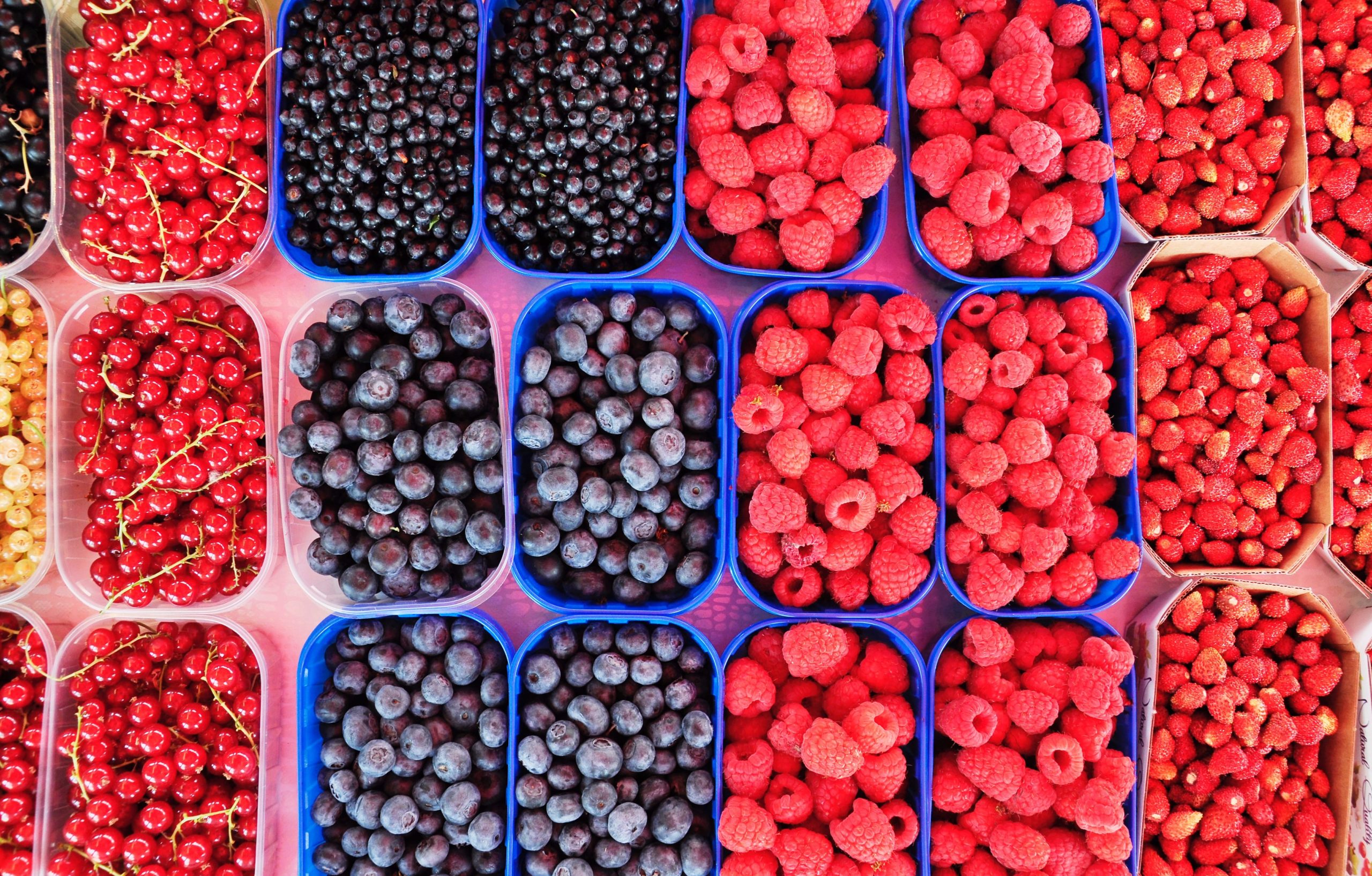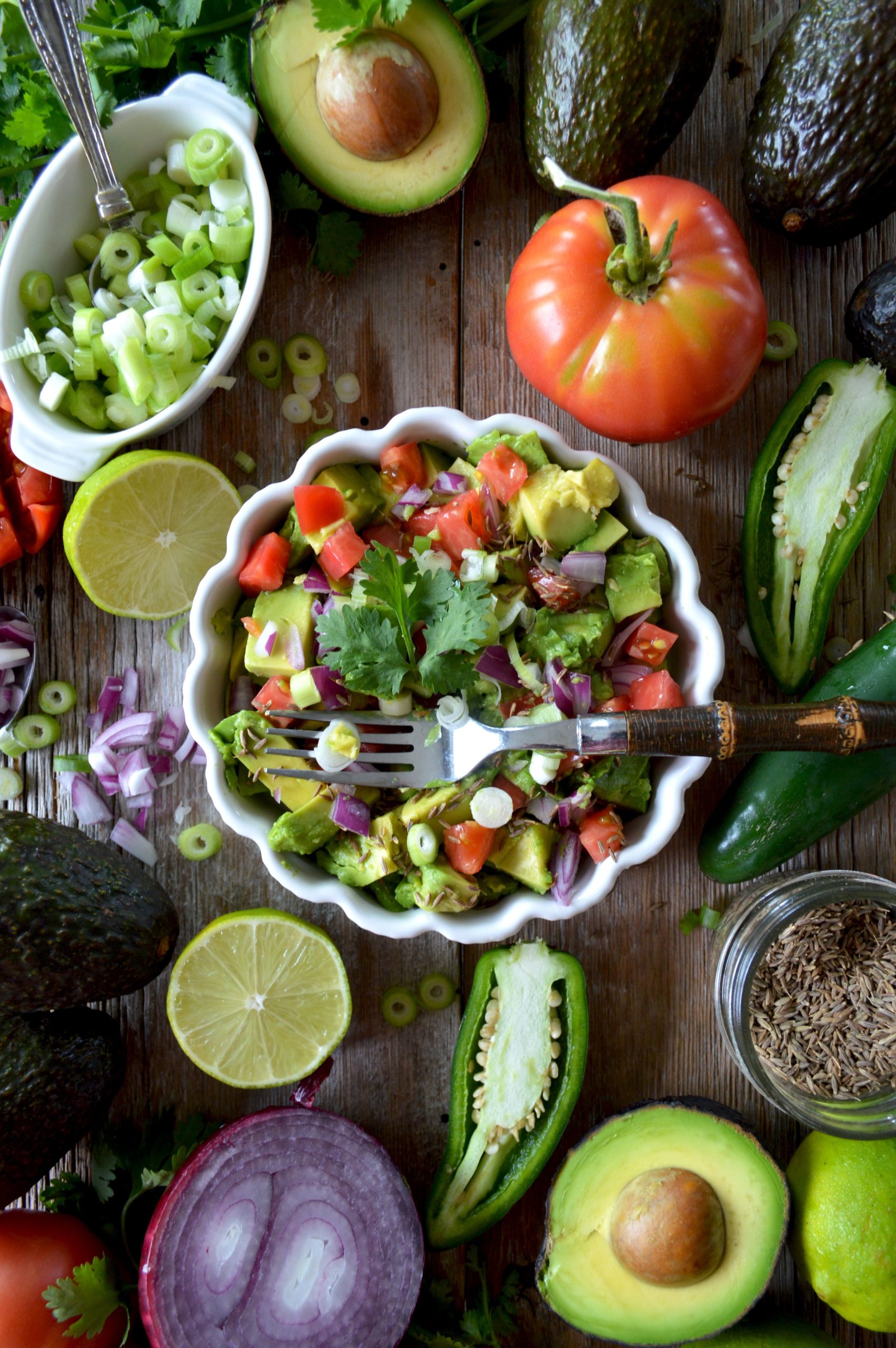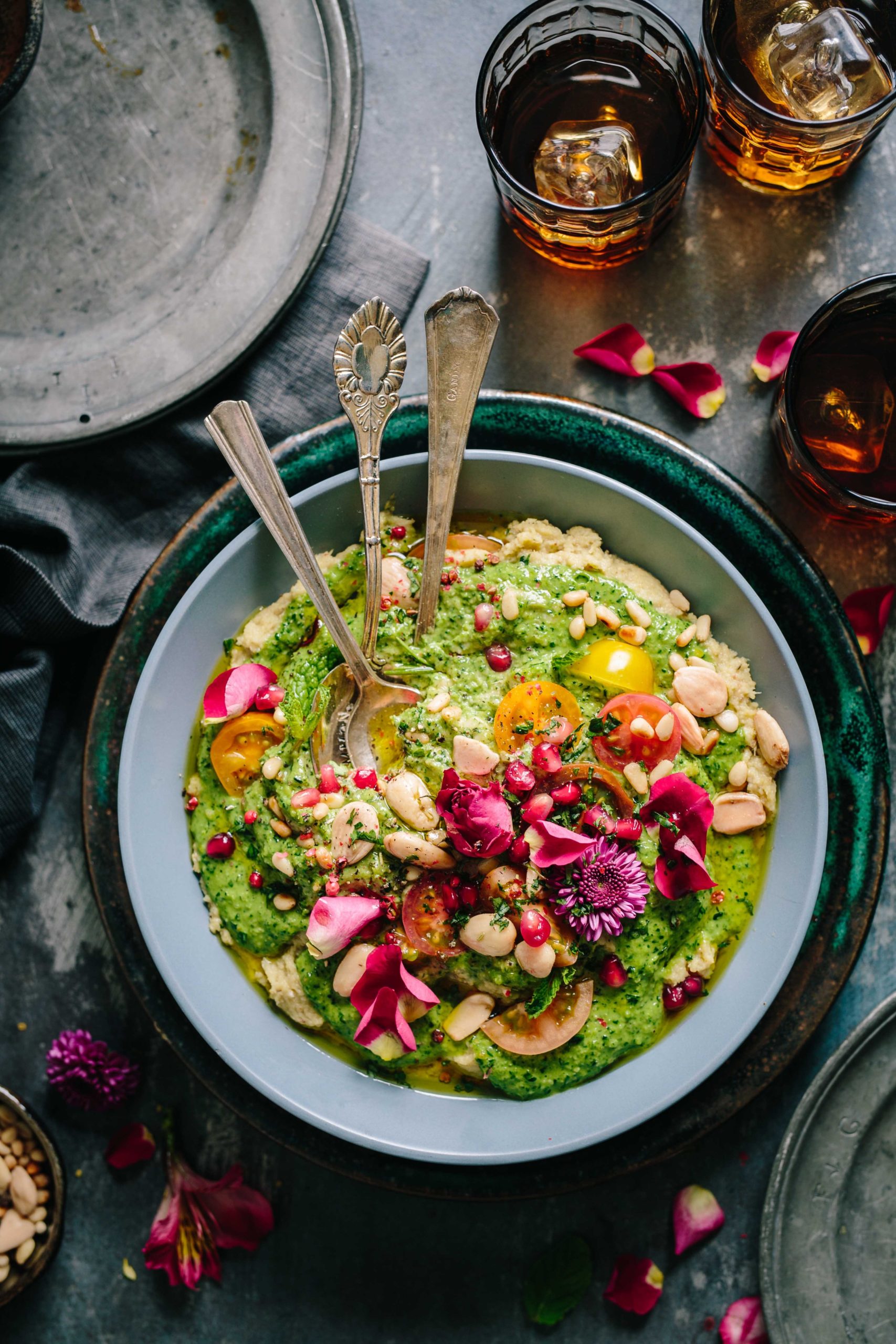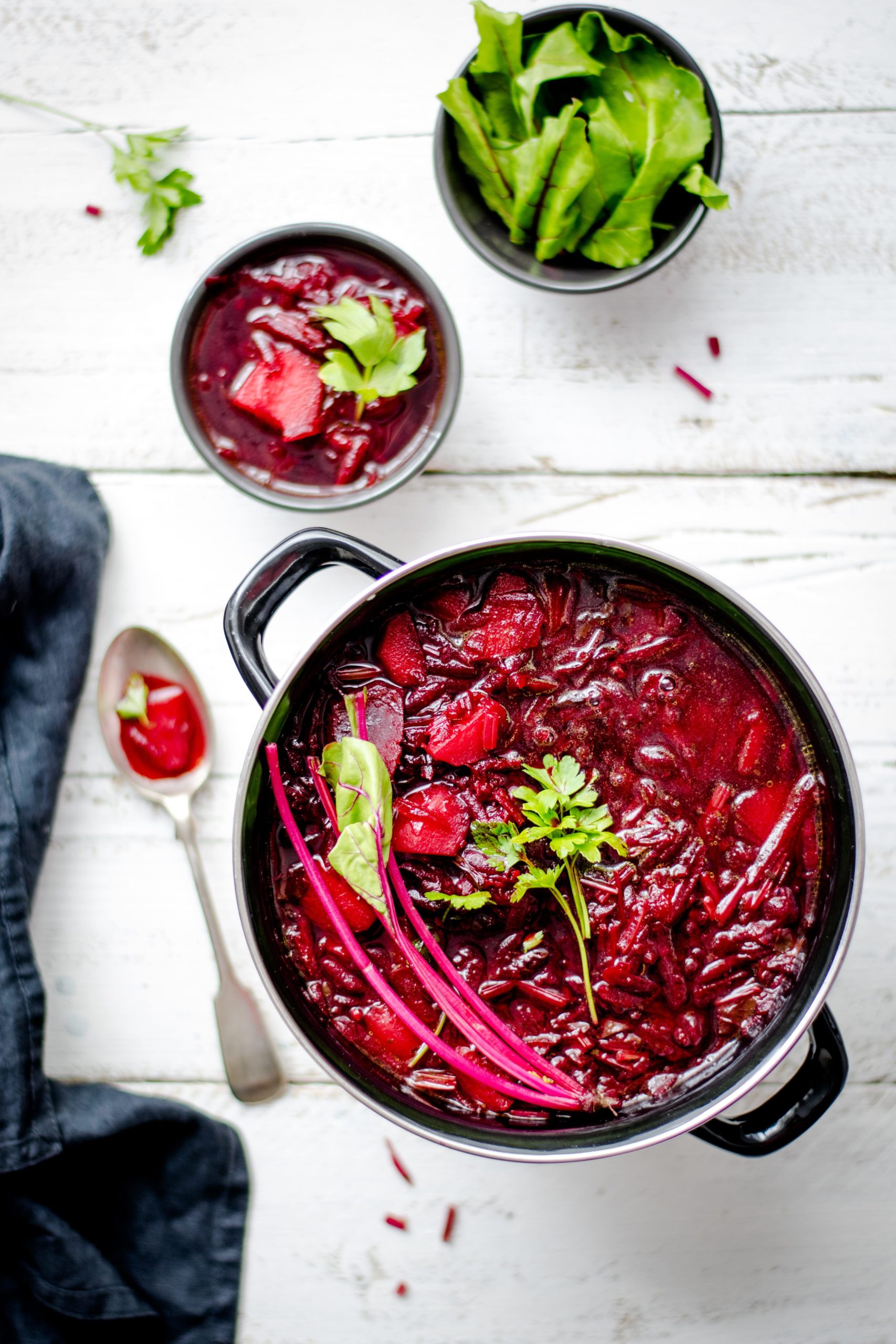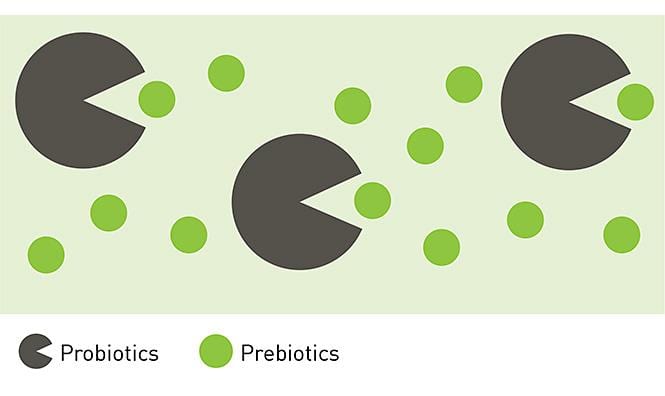What is inulin powder?
Foods containing high levels of inulin are earning the ‘superfood’ label because of the seemingly endless health benefits that inulin provides – including its wonderful ability to promote gut health.
Not to be confused with insulin, a hormone that controls blood sugar levels, inulin is a type of soluble fibre found in a wide variety of whole, plant-based foods.
Inulin powder is derived from these plant foods through a process of extraction. But here at Flourish, we don’t use extracts. We use plant-based whole foods. And for inulin, we use chicory root – one of the best natural sources of the fibre.
A type of prebiotic, it feeds the good bacteria in your gut and contributes to creating a healthy, balanced gut environment. And a healthy, balanced gut leads to a happier and more balanced you!
Which popular foods contain inulin?
Inulin is found in a variety of vegetables, fruits, herbs and roots. Chicory root is a well-known go-to for inulin powder because it has the highest concentration of the prebiotic than any other food.
That being said, inulin can also be found in the following plant-based foods:
- Jerusalem artichoke
- Beetroot
- Onions
- Garlic
- Leeks
- Asparagus
- Bananas
4 reasons to introduce inulin to your diet
Inulin has some impressive health benefits not to be overlooked. While the powerful prebiotic is largely known for promoting healthy gut bacteria, it also positively impacts a handful of other bodily functions.
1. Gut health
As discussed above, inulin significantly impacts the gut microbiome – in the best kind of way.
By increasing the number of good bacteria, inulin helps to filter out the bad bacteria that – if given the chance to take control of the gut – can lead to serious health problems.
Having a healthy gut microbiome has been linked to positive changes outside of the gut as well, including improved mental health and a stronger immune system.
2. Blood sugar levels
Inulin has been found to help significantly improve blood sugar levels – something especially beneficial to those with diabetes and prediabetes.
Even if you aren’t diabetic, taking inulin powder is an excellent way to maintain a healthy blood sugar level.
3. Weight and appetite
A natural appetite-suppressant, inulin could prove to be an effective way of controlling food intake.
Whether by altering brain activity, increasing production of appetite-suppressing hormones or slowing down the process of emptying the stomach after a meal, studies suggest that inulin can help with weight loss.
4. Bowel movements
Because inulin is a soluble fibre, it helps to regulate digestion and keep the digestive tract functioning well.
Like oats and chia seeds, inulin swells after absorbing water. This aids in relieving constipation by increasing bowel movements and softening stool.
Looking for an easy way to incorporate inulin into your daily routine?
Chicory root, with its high levels of inulin, is definitely deserving of superfood status. The diverse and beneficial properties it contains has many people incorporating it into their daily routine.
We love chicory root for all of its benefits, and specifically because of the way it positively impacts the gut.
That’s why we created our very own chicory root-based Prebiotic Blend. One of our natural, whole food and plant-based prebiotic supplements, this blend is packed with insulin-rich ingredients, from chicory root to green banana.


